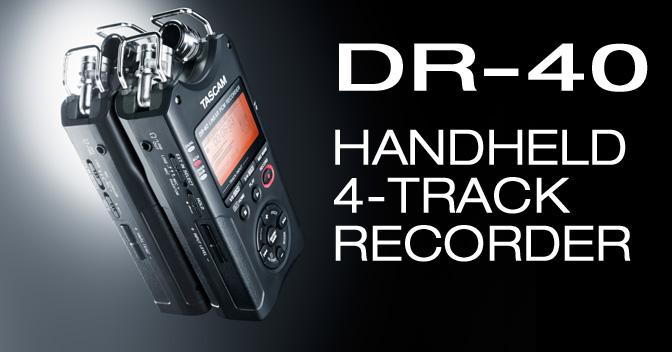For field recording (sfx for video games and film) you you’ll need a field recorder, headphones, cables, microphones as well as memory cards and batteries.
Some recorders can be AC powered, but batteries are a must have when going out in the field. I’ll walk you through what you need to know when looking for a field recorder.
Focus on 3 things; Your budget, features and build quality.
1. Your Budget: How Much Can You Invest?
What’s your budget? $100…$700? What you can afford will determine what type of sounds you’ll be able to record. Technically, you can record whatever you want, but you wont always get good results.
Another thing to consider is what you’ll be recording
- Loud sounds?
- Power tools?
- Your animals?
- Nature sounds?
- Will you be recording in the field?
- Will you be recording sounds in your studio or around your home?
- Are you ok with the internal mics or do you want flexibility?
Those are things to think about while going through this guide.
2. Features Recorders Must Have
Preamp – If you can afford it, make sure you have a recorder with XLR inputs. This will allow you to use external microphones which will increase your audio recording quality.
When it comes to the preamp, test the noise. Listen to how noisy the preamp is at all settings, the less noise, the easier time you’ll have when editing.
Recording format – 96k/24 Wav and up. This will give you the most flexibility when editing and mangling the sound.
Portability – Make sure the recorder feels comfortable as you’ll be lugging this thing around a lot. You also want to make sure it easy to setup.
Nothing sucks more than hearing a good sound, the missing it because it takes 10 minutes to get everything up and running.
3. Build Quality
Make sure the build quality is up to par with your standards. This is more important for some than others. Me personally, I’m okay with cheap feeling equipment because I’m very delicate with my gear.
Field Recorders I’d Suggest Getting (pick one)
- pros: Cheap, easy to use, light weight. 96Khz/24 recording
- cons: No preamps/xlr inputs
- Pros: 2 xlr inputs, 4 channel 96Khz/24 recording
- Cons: Preamp could be cleaner, but does get the job done.
- pros: 2 xlr inputs, good preamps (pretty clean), light weight
- cons: flimsy construction, convoluted interface
Additional Recording Accessories
Batteries – All 3 of these recorders can run on AA batteries. Make sure they’re rechargeable, this will allow you to get most from your money.
Memory Cards – Yep, a must have for field recorders. Below I’ve broken down the types each recorder needs.
H1 Zoom: mini sd card. Go with an 8-16gig
DR40: SD card, go with a 16 gig or 32gig
Fostex FR2-Le: – Compact Flash. 8-16 gig
I own all three of these units and have used them on various projects. If you have any questions about them, feel free to ask.


I’m looking into getting a field recorder, can you think of anything 2-4 channels that is better than the Fostex FR-2LE for around the same price? It’s 7 years old now, surely something better has come along by now?? (No Sound Devices though, too far out of budget)
Hi James,
In this price range, for field recorders, there aren’t many unless you get lucky finding something used. Unlike the recording industry (home studios), the gear in this field doesn’t need change to often. People are still using the FR’s and FRLe’s models as they are industry standards in this field of work based on the quality of their preamps. You could try the http://diymusicbiz.com/DR680, it has nice preamps, slight more or less than the LE, depending on where you get it and it has 4 mic ins.